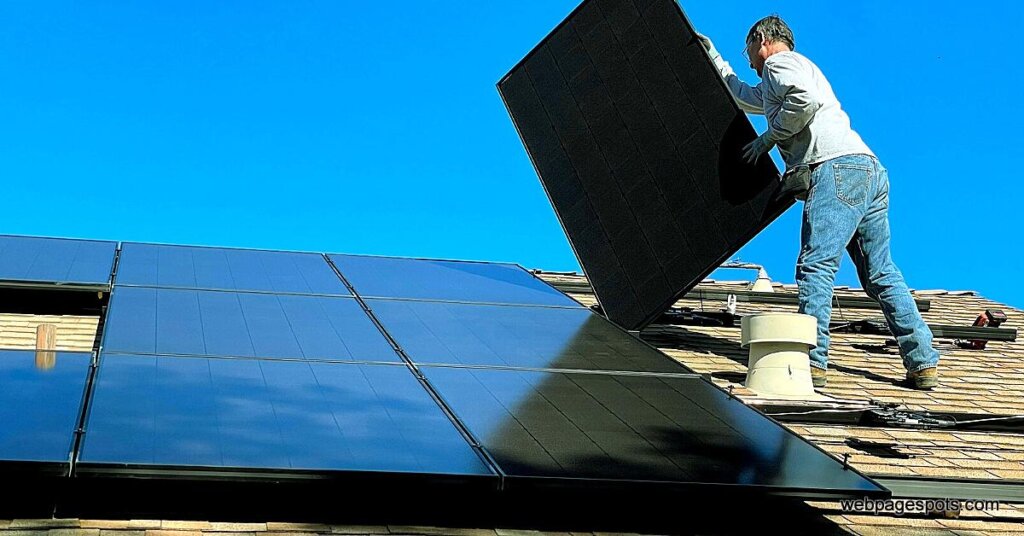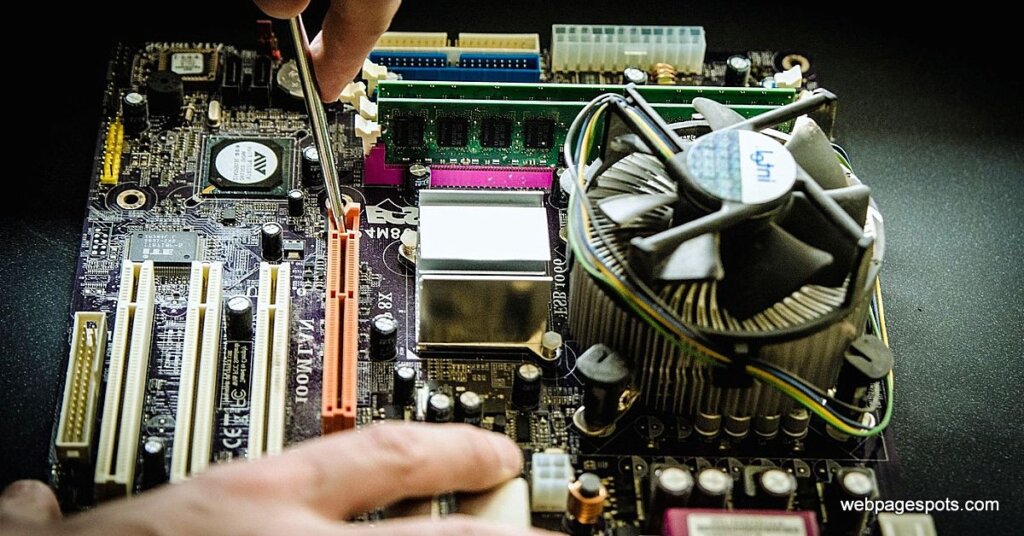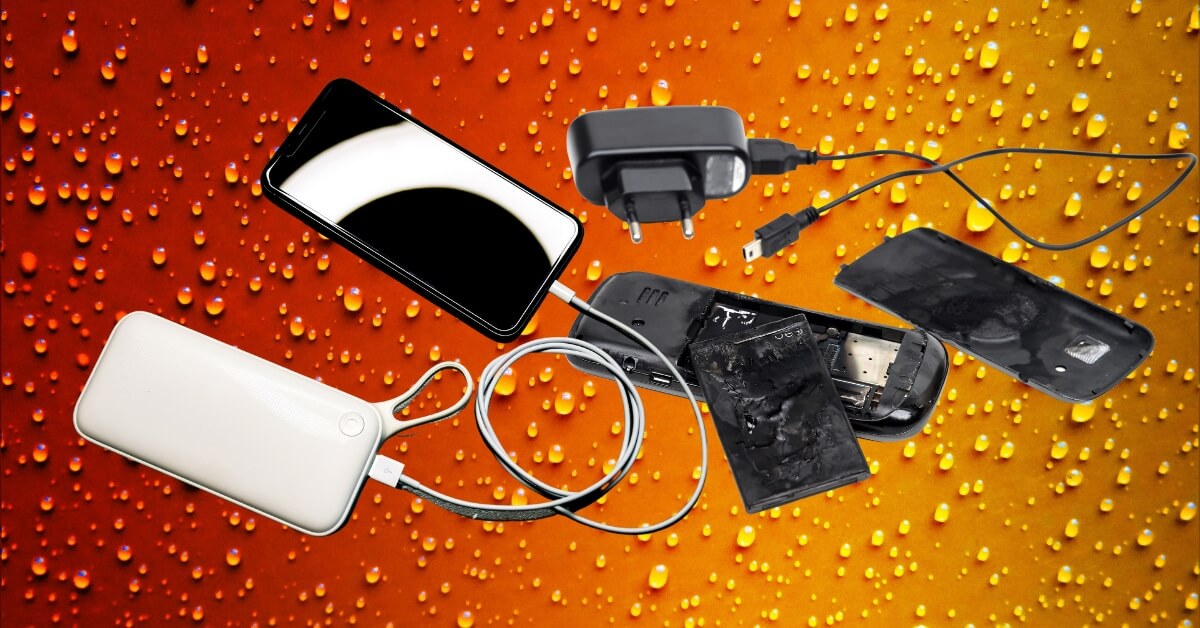Pick out the best battery for solar panel systems!
This blog post may contain affiliate links. If we find a product or service to be useful, we encourage you to visit the website via that link. If you make a purchase through our referral link, we may receive a commission. Rest assured, you will not be charged any additional fees. By using these links, you can support us while making your purchase. For more information visit here.
Have you ever wondered how to choose the easiest battery(s) for your solar panel system (or off-grid power system)? Or have you ever wondered what makes one deep-cycle battery better than another? If so, this text will answer these questions and provide you with specific things to test before purchasing your energizer battery (to confirm you get the largest bang for your buck)! Let’s explore the best battery for a solar panel system.
When choosing an electric battery (or batteries) for your solar array system, three battery categories work best. So, in this article, we will:
- Analyze the three main types of solar batteries (lead-acid, saltwater, and lithium).
- Compare battery components, like depth of discharge, capacity and power, efficiency, battery life, and manufacturer.
By the end of this paper, you’ll understand how to ditch the simple battery in your solar system! So, let’s start.
The United Kingdom. Watch the free Presentation to Learn More
1. Three best batteries for solar panel systems
The most suitable kind of battery for your electrical device system depends on what you’re looking for. Three battery types work exceptionally well. However, each battery type has its pros and cons. So, the first thing you need to consider is the type of battery that suits your system. To learn how to bring old batteries back to life, check out our presentation here. For more detailed information about reconditioning your old battery, please click on the link below, for a video demonstration.
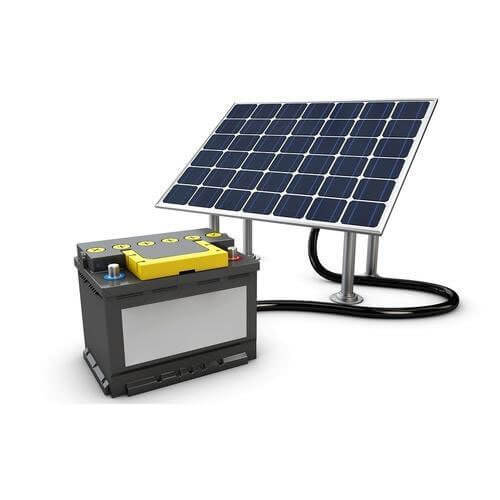
Lead-Acid Batteries
Lead-acid batteries are among the longest and most reliable batteries ever made. They’re the most affordable option, but you trade costs for battery life and discharge depth.
But homeowners require an excessive amount of storage for an occasional cost, or if you’re just getting into the market, lead-acid may be your best option.
Saltwater batteries
Saltwater batteries are costlier than lead-acid batteries, but they are also more durable and have a longer lifespan.
Unlike lead-acid batteries, saltwater batteries are relatively new to the market and remain unused, which makes it difficult to switch between the two.
Saltwater has the maximum extraordinary discharge depth of the three kinds of batteries. This means you may get away with a higher output per charge before you need to recharge.
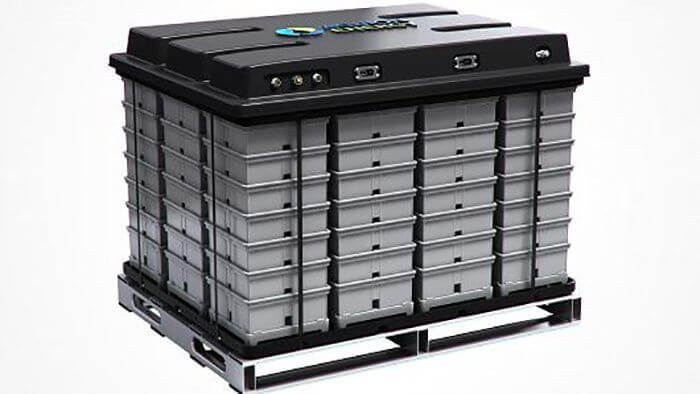
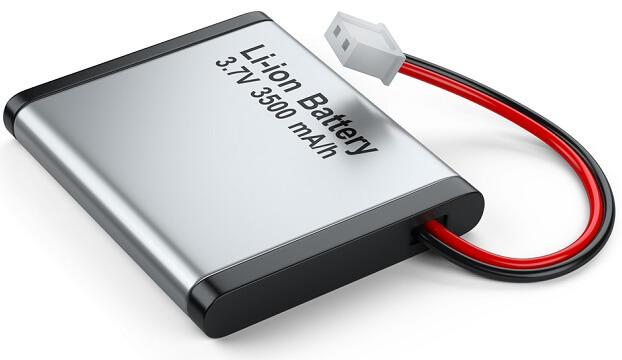
Lithium batteries
Lithium batteries are the most expensive and longest-lasting of the three forms of solar arrays.
Their discharge depth is smaller than that of saltwater batteries but more significant than a lead-acid accumulator.
Compared to all or any three options, lithium batteries are probably the highest-rated but also the smallest accessible cost-wise.
2. Compare battery components: Best Battery For Solar Panel Systems
Once you have chosen the most effective battery type for your solar array or off-grid system (which meets your system’s needs), there are components to search out the best battery for your solar panel system. Please check it out below.
Cost
Cost is probably one of the most obvious components. But as the old saying states, “You get what you pay for a battery.” However, some batteries are also overkilled for your system in some instances. Therefore, buying the most expensive battery might not always be the right option.
Battery life and warranty
For most systems, a battery will cycle daily. Daily cycle means it charges and drains on a regular basis. With each cycle, the battery’s capacity to maintain a constant charge decreases slightly. One important thing to keep in mind is that the battery warranty guarantees a specific number of useful life cycles.
Depth of discharge
Depth of discharge is the amount of discharge you can reduce the battery to before recharging it without damaging its life. Some solar batteries may be discharged for longer than others, allowing even more use between charges. Essentially, a battery with a 90% depth of discharge per cycle will provide more battery power per charge than an electric battery with less charge amount.
Efficiency
Efficiency is the amount of energy used compared to the quantity of energy it takes to store said energy. Power is required to charge the battery. Therefore, the energy taken to charge the battery is compared with the number of energies from the recharged battery. The higher the efficiency, the more powerful the battery will be.
Capacity and power
Kilowatt-hours (kWh), measured in capacity, is the energy a battery can store over time. More literally, capacity is the amount of energy (measured in kWh) a battery can hold over time. The stronger the battery’s capacity, the more power it can store. Power or strength is what proportion of energy a battery can provide in a moment. Batteries with High Capacity and high power can run an intensive system for several hours; Low Capacity and high-power batteries can run a comprehensive system for only a brief time.
Manufacturer
It will not be the one component that the majority considers, but it’s something to notice. Like other technology, there are both trusted and start-up brands. A trusted brand comes with known flaws and benefits.
A start-up brand may have better technology but also unknown technical problems. Depending on your system’s needs, you will associate with a well-reviewed company or something new to the market.
If you consider all these things while buying a battery, you have invested in the right place. But imagine what you would do if the battery didn’t last forever? Have you heard about the Battery Reconditioning Program?
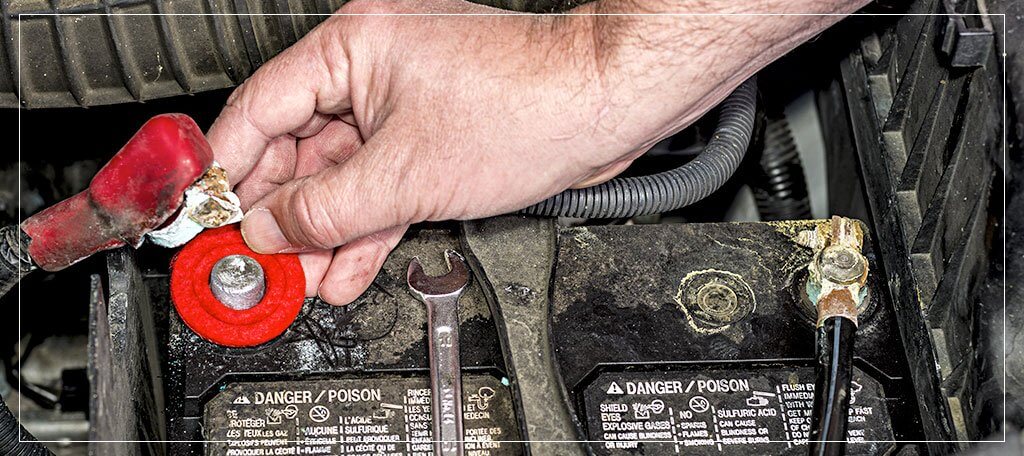
3. How to recondition or desulphurate a lead acid battery for solar panel systems?
Lead-acid batteries are used in cars and trucks. Golf carts, electric vehicles, and others also use lead-acid batteries. In essence, all lead-acid batteries are prone to corrosion because of the same type of internal steel plate known as sulfating.
A sulfated plate is the most common malfunction of a dead battery. However, a sulfated battery can be revived as long as a used lead-acid battery is mechanically sound. Suppose you have a stack of “dead” lead-acid batteries in your garage and don’t want to buy another battery for your specific needs.
In that case, this article can be a helpful resource that guides you further. This is because de-sulfation methods have been used here which are more powerful and effective than standard methods. Before proceeding through the De-Sulfate process, malfunctioning cells need to be identified first.
How does battery sulfation occur?
When the battery is deprived of full charge, sulfation occurs. A buildup of it occurs on the battery plates and remains there. When there is too much sulfating, it can convert chemicals to electrical conversion and significantly affect the battery’s performance.
Effects of sulfation on batteries
When sulfates form in your battery, the following can happen:
- Long charging time.
- Heat build-up
- The short time between charges
- It dramatically reduced battery life.
- Complete battery failure.
Due to sulfation,
Lead-acid batteries accumulate sulfation over their lifetime because it is part of their natural chemical process. But sulfation creates and causes problems;
- The battery is overcharged.
- Or is stored above 75 degrees.
- A battery is stored without a full charge.
However, we can recondition it back.
Identify the bad cells:
[ 1 ] Charge your batteries for at least 12 hours. After that, disconnect the batteries from the charger and let them rest for 10 minutes.
[ 2 ] Open all battery caps. If you have sealed lead acid batteries, search the web for a guide on how to open their caps.
[ 3 ] Ensure that each box is fully filled with water and that the level is at its optimal level. It is essential because sparks will be produced in later parts. In addition, the air column in the compartments containing hydrogen and oxygen can explode and blow acid on your face.
[ 4 ] The higher the water level, the lower the explosive air column, and the less likely it is to flash on your occasions. Use the torch to observe the water level meniscus.
[ 5 ] Measure the battery terminal voltage (12 v). A full charge battery should be in the 12v range from 11.8v to 13.0v.
If you have something less than 11.8v, there is a very high probability of cell imbalance in which one of the cells (out of 6 cells) has a problem.
[ 6 ] Measure the voltage of each cell and identify cells with low voltage. Attach the multimeter probe to one of the terminals and immerse another probe in the cell solution.
As you continue along, you will find pores. A suitable cell should have at least two volts.
[ 7 ] Remember the corroded cells and note that due to the massive, dense formation of lead sulfate crystals, their plate will have different colors than other cell plates, which are non-conductive.
The following are the De-Sulphation methods:
- Attach a battery trickle charger or an automatic smart charger to your old lead-acid battery, and allow continuous charging for about a week to 10 days. Prolonged charging rates dissolve the de-sulfate that kills the battery and enables it to hold a reusable charge.
- While anti-sulfating devices are available that apply pulses to battery terminals to prevent and reverse sulfating on healthy batteries, they will not replace the damage and are not always recommended.
- Add a chemical de-sulfate to the filling ports on an old lead-acid battery. The chemical dissolves sulfates and regenerates old and freshly made batteries alike.
Some preventive measures should be taken before doing the above steps yourself:
- Wear goggles and gloves when working with lead-acid batteries.
- The electric cell and plate of an old battery should be sound and functional. If these critical components of the battery are damaged in any way, your old lead-acid battery will never regenerate.

In general, the two types of sulfation that can occur in your lead battery are Reversible and Permanent. Their name has an impact on your battery’s effects. If the problem is identified early enough, it is possible to reverse battery sulfating.
However, doing so should only be done by someone with professional experience working with lead batteries. This includes retail outlets where your battery was purchased. Permanent-Sulfating occurs when the battery is in a low state of charge for weeks or months. Although these can sometimes be salvageable, restoration is unlikely.
Conclusion
Selecting the right type of battery is a critical decision when designing a solar panel system. Lead-acid, saltwater, and lithium batteries are the top options available on the market, each with its own set of advantages and disadvantages.
It’s essential to evaluate your specific energy needs, budget, and long-term goals before making a final decision. With proper maintenance and monitoring, any of these battery types can provide reliable and efficient energy storage for your solar panel system.
Understanding the importance of copyright law is absolutely vital, as it strictly prohibits any reproduction or replication of works without the explicit permission of the author. Any unauthorized duplication of content will lead to legal action for copyright infringement under Section 14 of the Copyright Act.

